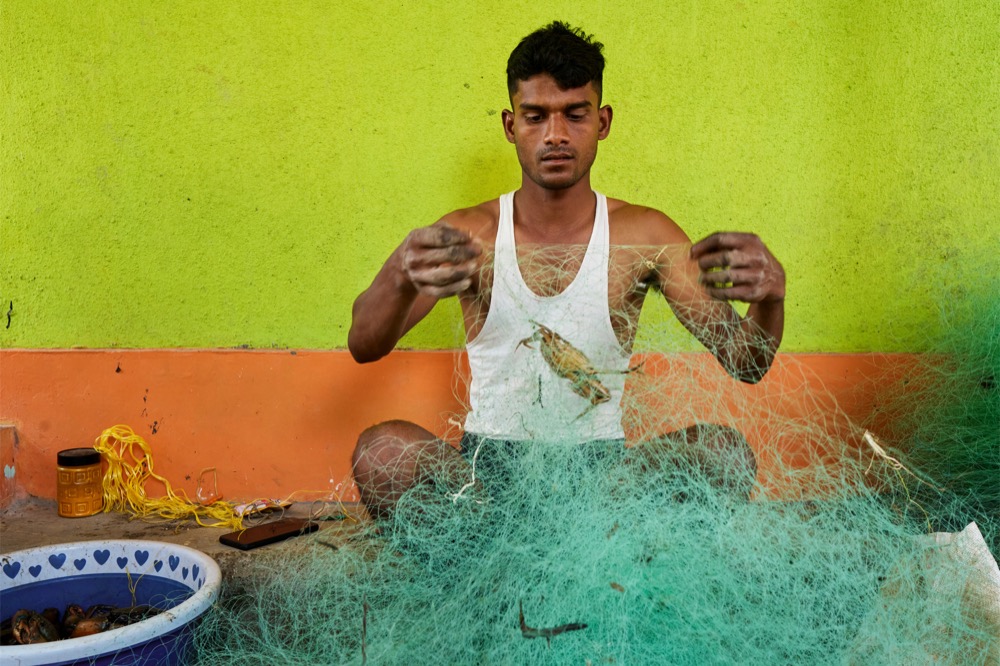Apple on Earth Day explains work in India’s mangrove forests

India’s beautiful Mangrove forests
Putting its brand even more firmly behind Earth Day, Apple has published a short feature that explains how it helps protect and conserve mangrove forests in Maharashtra, India.
What the project is all about
The computer company, which has now built up an extensive reach in India, works with the Applied Environmental Research Foundation on the project, which takes place 60 miles south of the vast urban metropolis, Mumbai.
The coastal area south of the river is home to 21,000 hectares of mangrove forests, one of Earth’s most natural protectors against the impacts of climate change. These forests also act as carbon sinks that absorb CO2 from the atmosphere and store it in their soil, plants, and other sediment, known as blue carbon.
To help secure the future of these forests, Apple gave Applied Environmental Research Foundation (AERF) a grant in 2021.
They are working to create alternative, sustainable industries in the local communities that cultivate and benefit from the biodiversity and resilience of the mangrove ecosystems. Conservation agreements will provide sustained support to village members in exchange for conserving the land and transitioning the local economy to one that relies on keeping the mangroves intact and healthy.
AERF will also apply learnings from Conservation International’s pilot blue carbon project in Cispatá, Colombia, launched in 2018.

What Apple said
“The fight against climate change is a fight for the communities around the world whose lives and livelihoods are most threatened by the crisis, and that’s where we’ve focused our work — from Colombia to Kenya to the Philippines,” says Lisa Jackson, Apple’s vice president of Environment, Policy, and Social Initiatives.
[Also read: Apple publishes 2022 Environmental Progress Report]
“Our new partnership in India continues this momentum, helping a community benefit economically from the restoration of the mangrove forests that protect against the worst impacts of climate change.”

What AERF says
Archana Godbole, director of AERF (above): “Plants are a representation of age and time,” she says. “And trees represent patience. They are silent spectators of time — the more I studied them and understood them, the more they humbled me. My experiences instilled in me that I want to work for conservation and save trees and forests.”
Godbole, a trained plant taxonomist, has specialized in community-based conservation for the last 30 years.
“People here and their forefathers were farmers, and suddenly the ocean came to their doorstep,” Godbole says.
“But people learned new skills and coped with their new situation. Now that we all know mangroves are important for climate change and sequestering carbon, we’re very happy to have reached this place and are trying to collaborate with the people here to see how mangroves will bring more benefits to them. We’re hopeful that deep connection with the land and mangroves will be established in their minds.”

Village elder and expert fisherman, Namdev Waitaram More
What kind of initiatives are taking place?
The main thrust of the work seems to be educational. They work to show local people the relationships between the trees and the agricultural practices in the area.
Village elder and expert fisherman, Namdev Waitaram More explains: “The people are connected with the mangroves here. If they are gone, our dykes will go, and our paddy fields will also go. Because we’re connected through our food, our dykes, and our mangroves, we are surviving.”
Godbole and co-founder Jayant Sarnaik launched the organization 27 years ago. They explain: “Building resilience against climate change is a continuous process for the communities living in proximity to the sea,” says AERF’s Sarnaik.
“Since these communities have been living on the coast for a very long time, they understand the ocean and its relationship with climate very well. Climate change for them is not a new phenomenon; however, they have experienced drastic changes over the last five to 10 years. The recent cyclones have sensitized these people about the importance of mangroves as the most robust natural defense against such calamities. It also awakened interest in the conscience of the broader community about mangroves.”
As Godbole describes, the future looks better:
“To collaborate with Apple and Conservation International is a great opportunity to explore how mangrove conservation and community benefits can go hand in hand,” she says. “Though mangrove conservation issues are diverse and different in each place, here in our project area, opportunities are also many. Training our young, enthusiastic team as well as local communities for blue carbon will surely help us travel a long way to achieve mangrove conservation in this vibrant coastal area along the Arabian Sea.”

Apple and the environment
Apple is committed to efforts around the world that provide climate resilience and economic benefit to communities most impacted by climate change. In the last year, it supported a first-of-its-kind Irrecoverable Carbon Finance Lab with Conservation and has provided funding for research and pilots to increase nature-based carbon sinks in China with the China Green Carbon Foundation. The company will make a donation to World Wildlife Fund for every Apple Pay purchase of Apple products at an Apple Store, in the Apple Store app, or on apple.com during Earth Week. Apple is also supporting WWF’s Climate Crowd program focused on community climate resilience and promoting sustainable livelihoods.
Please follow me on Twitter, or join me in the AppleHolic’s bar & grill and Apple Discussions groups on MeWe.




